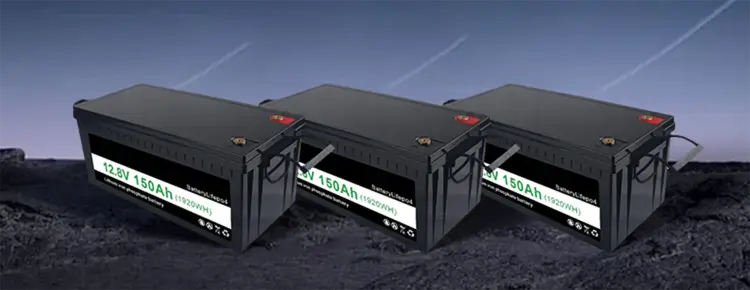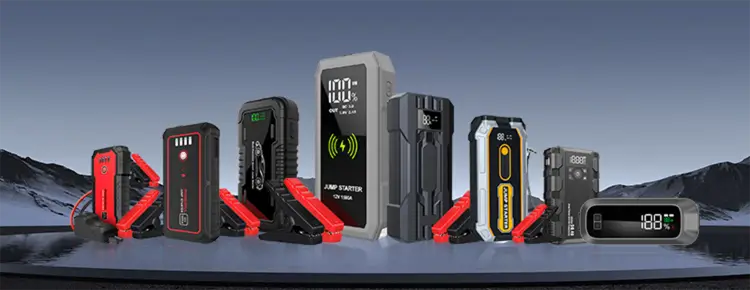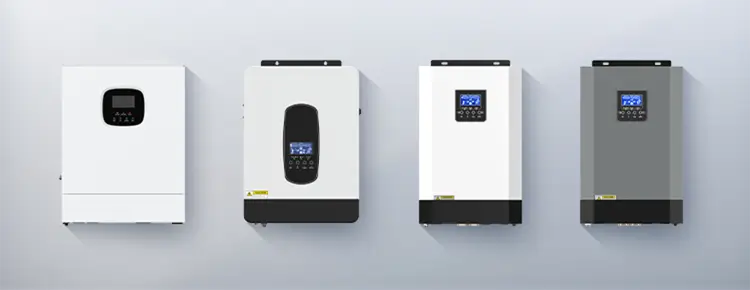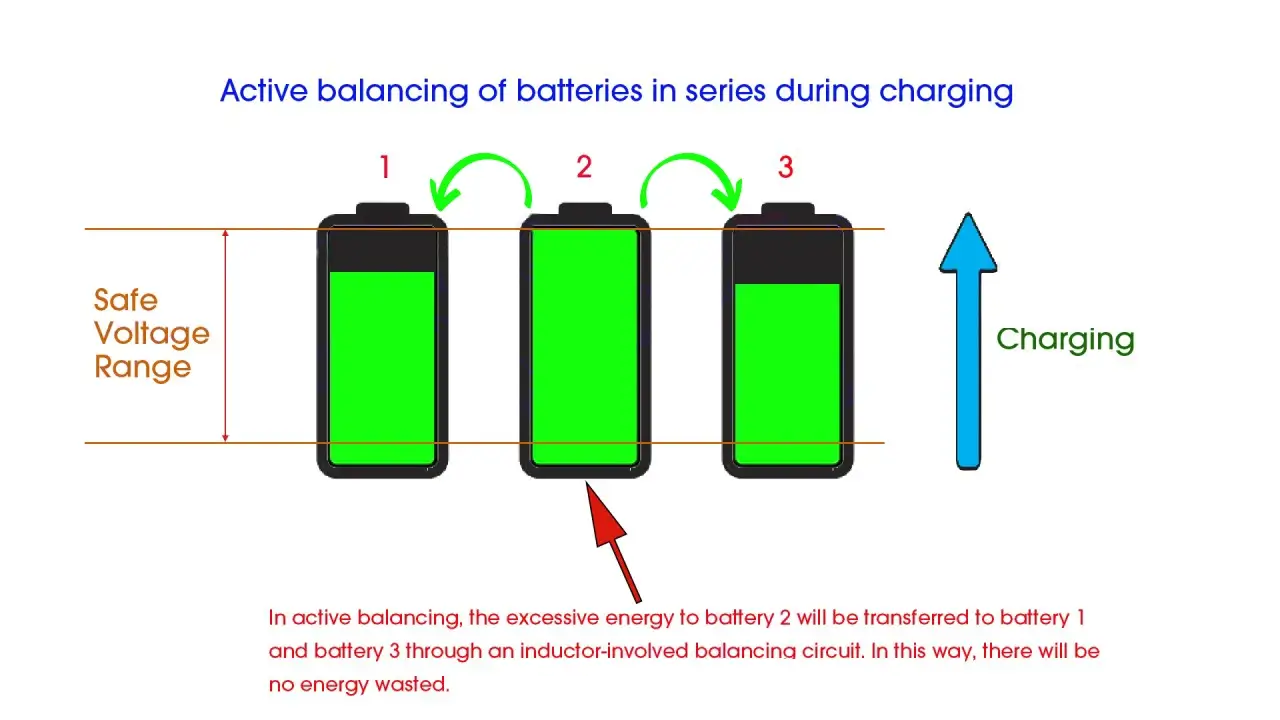



Blog
Hot Category
Latest Blog
02 Jan 2025
Nlelsen
In modern battery technology, the Battery Management System (BMS) plays a crucial role, especially when it comes to the "active balancing" function. As electric vehicles, energy storage systems, and other devices become more widespread, there is an increasing demand for battery performance and lifespan optimization. How to enhance the efficiency of battery packs and ensure that each battery operates at its best state has become a key focus for researchers. Active balancing, as an effective battery balancing technology, is emerging as a key solution for improving battery efficiency and extending battery life.

In a battery pack, although the individual battery cells may appear similar, due to manufacturing processes, usage conditions, charging states, and other factors, there are often voltage differences between the cells. These voltage discrepancies can lead to reduced efficiency and even overcharging or overdischarging of certain cells, ultimately affecting the overall health of the battery pack. To solve this problem, the Battery Management System (BMS) must use balancing techniques to regulate the voltage differences between the battery cells.
Active balancing is a method in which excess energy from high-voltage cells is transferred to lower-voltage cells to balance the overall pack. Compared to traditional passive balancing, active balancing not only avoids energy waste but also allows for more efficient use of the battery pack's energy, extending its lifespan.
The basic principle of active balancing is to use sophisticated circuits to transfer excess energy from high-voltage cells to lower-voltage cells. Specifically, the BMS continuously monitors the voltage status of each individual cell, and when voltage differences are detected, it uses energy transfer devices to move excess energy from the high-voltage cells to the low-voltage cells, ensuring that the voltage across all cells in the pack remains balanced.
This process is typically controlled using power electronics components (such as switches, transformers, etc.) and ensures that the battery pack maintains a balanced state throughout charging and discharging. The system also dynamically adjusts the energy transfer rate according to different charging and discharging conditions.
Active balancing helps to transfer energy and distribute it efficiently, allowing each battery cell in the pack to better utilize its energy. This avoids the waste of energy from overcharging certain cells, ultimately improving the overall energy utilization efficiency and increasing the runtime of the device.
Overcharging or overdischarging is a primary cause of battery damage. Active balancing ensures that the voltage differences between battery cells are kept under control, reducing the stress on each individual cell and thus extending the overall lifespan of the battery pack.
During charging, active balancing ensures that the battery cells charge in a more uniform manner, optimizing overall charging efficiency. Each individual cell is charged to its optimal level, reducing charging time.
Batteries generate heat during charging and discharging, especially when there are significant voltage discrepancies. Active balancing can prevent excessive heat generation by ensuring that cells are not overcharged or overdischarged, reducing thermal load and improving the safety of the battery pack.
While active balancing offers many advantages, it differs significantly from traditional passive balancing. Passive balancing typically dissipates excess energy as heat (e.g., through resistors), which is a simple but less efficient method. In contrast, active balancing transfers excess energy, avoiding energy waste and maintaining higher efficiency, but it requires more complex circuits and control techniques, which increases the cost.
In summary, active balancing, as a core technology within Battery Management Systems, is increasingly being applied to high-performance battery packs, especially in electric vehicles, energy storage systems, and other fields. By improving energy utilization efficiency, extending battery lifespan, enhancing charging efficiency, and increasing safety, active balancing is providing new breakthroughs in battery technology. Although it comes with higher costs, as technology continues to evolve, active balancing is expected to become a standard feature in future battery management systems, providing better performance guarantees for battery products.